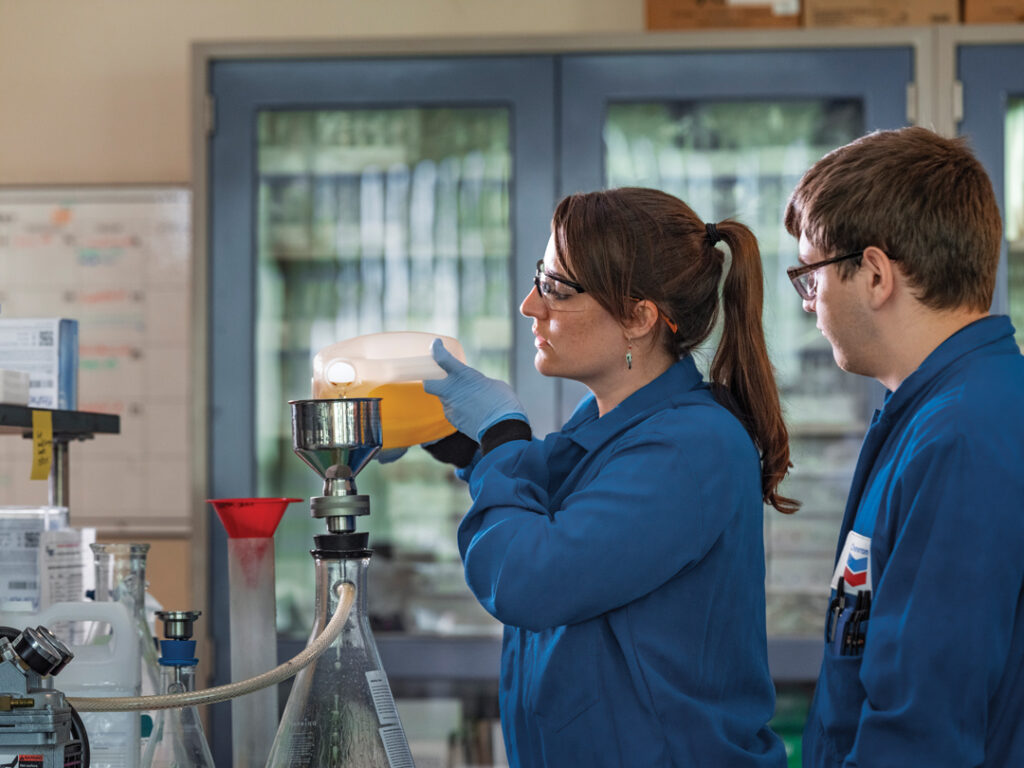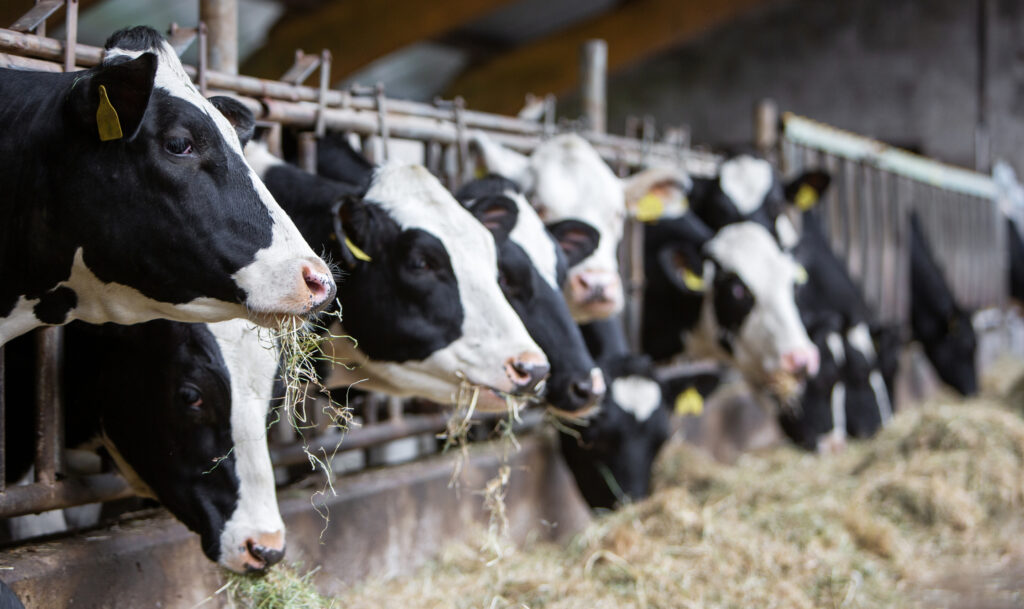The bioscience market in Iowa is thriving

SUZANNE BEHNKE Aug 8, 2018 | 3:42 pm
2 min read time
410 wordsAg and Environment, Business Record InsiderToday is a fabulous time to be working in the arena of bioscience in Iowa.
Over 1,200 bioscience businesses currently operate in the state with positions that pay an average annual salary of over $67,000. Our state serves as a center of excellence in the three key industry sectors of food and agriculture, industrial and environment products, and human/animal health. As a Midwest state, our leadership is sometimes overlooked in this arena. However, the recent award of the Biotechnology Innovation Organization’s (BIO) World Congress of Industrial Biotechnology event to Des Moines in July 2019 shows our competitive spirit in this industry. Hosting this event in Iowa offers the state an international stage to showcase its industrial biotechnology assets and innovation.
The recent release of a road map for bioscience in the state by Gov. Kim Reynolds and the Iowa Economic Development Authority reveals critical data and direction for growth in the areas of precision agriculture, vaccines and immunotherapies, medical devices and biobased chemicals. You can read that report at https://bit.ly/2AOFIVR.
While this industry thrives and will continue to grow in our state, growth is not without its challenges. As a Midwest state, we are challenged to identify sources of investment in new and innovative technology. It’s difficult to identify investors who truly understand the business. Our Partnering for Growth Biotech Innovation Showcase and Forum has sought to better match investors with innovators throughout the country.
Regulatory issues surrounding our industry can sometimes present challenges. For example, recent trade policy initiated by President Donald Trump has created uncertainty in the sale of agricultural products abroad. Bioscience plays a key role in the development of value-added ag products. Additionally, the conversation surrounding the regulation of gene editing technology in plant, animal and human science at the federal level features the implications of eliminating thousands of diseases.
Trump’s recent plan to lower drug costs has engaged the industry in discussion about how that is best achieved. Leaders in biotechnology are always willing to host a productive dialogue with leaders in the various regulatory spaces that impact our industry to ensure continued innovation, access and safety. Additionally, the Affordable Care Act has created gaps in access to health care for certain patient populations. The bioscience industry and patient advocates alike continue to work to ensure access for patients to needed drugs.
The future is bright, but we can’t lose focus in further establishing the state as a bioscience leader. The potential dividends are immense.









